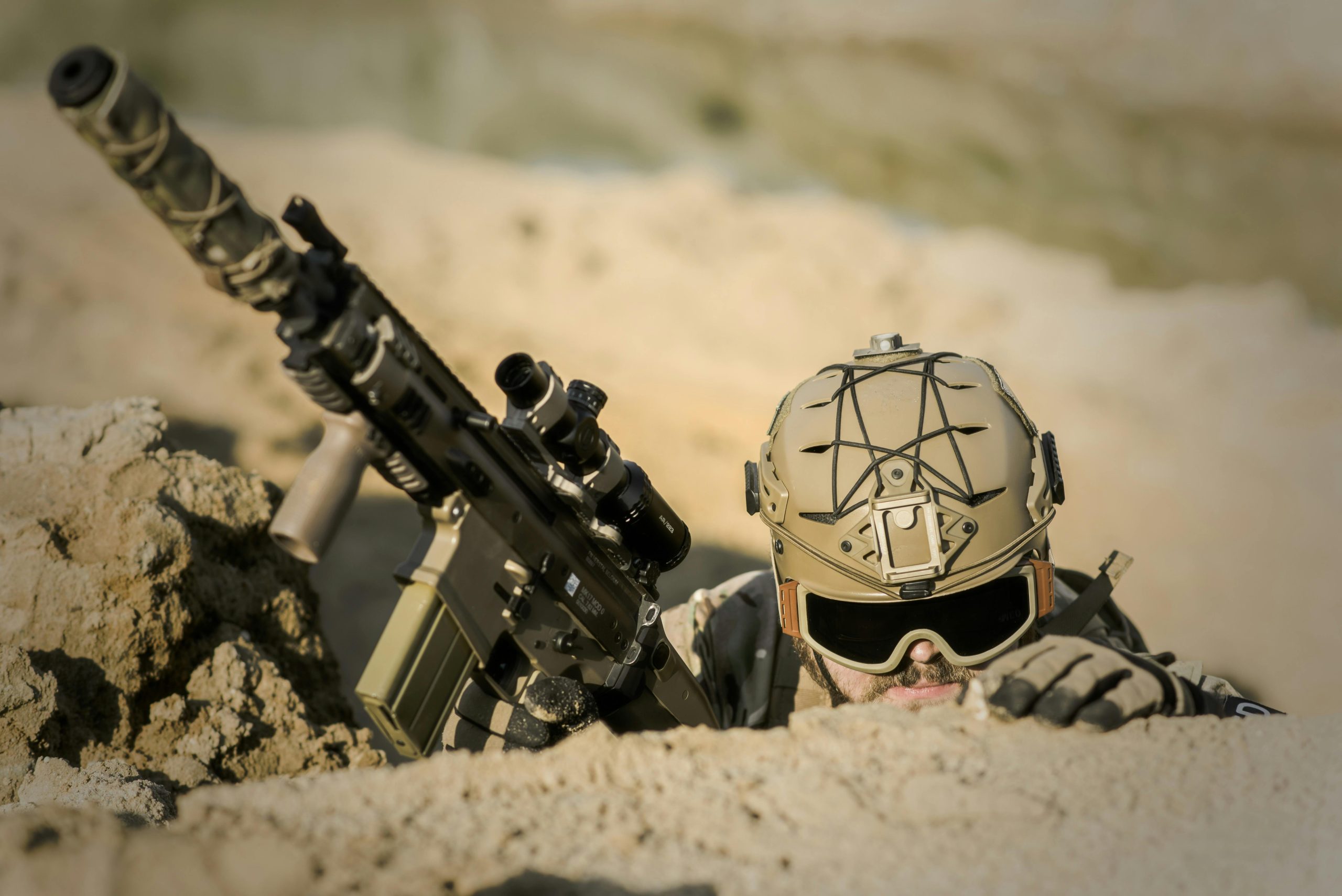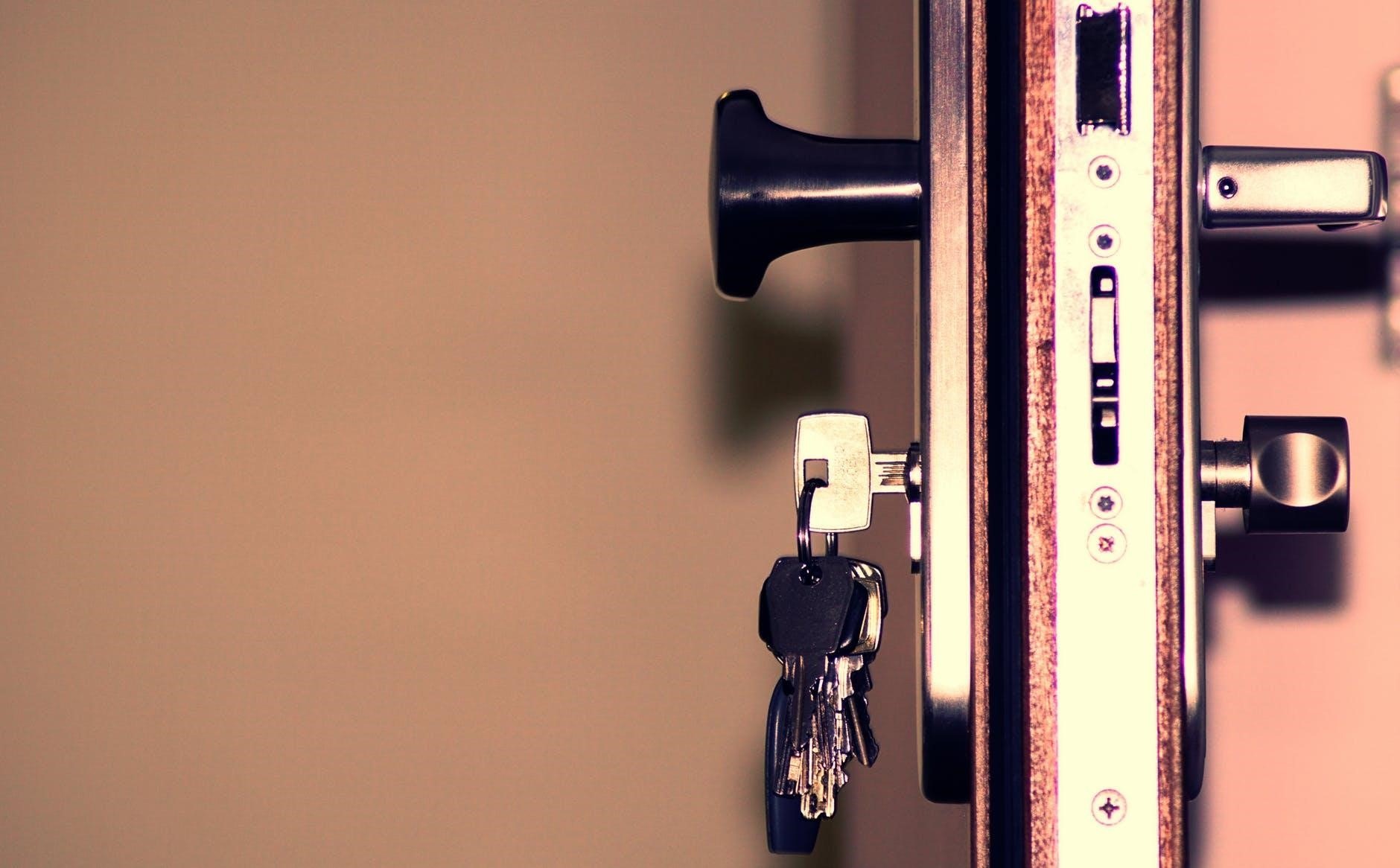4 Things Missing from Your Active Shooter Response Plan

Active shooter scenarios are becoming more common. This threat makes an active shooter response plan essential in workplaces, places of worship, and educational establishments.
The following outline and commonly overlooked aspects of active shooter response plans will help you and your community be better prepared.
Key Parts of an Active Shooter Response Plan
An active shooter event is a highly critical situation that requires a planned response. Without a plan, people will struggle to make life-saving decisions. A well-designed and drilled emergency plan will empower individuals to respond swiftly and confidently even in the most extreme situations.
Many establishments fail to implement a comprehensive response plan. An active shooter emergency response plan should contain four key elements:
- Prevention: Protocols to identify potential threats that can foreshadow an active shooter scenario. Establish protocols to report suspicious or worrying behavior.
- Training and drills: Training must be regular and cover different scenarios like pinpointing the active shooter's location and identifying escape routes or hiding places. First aid training is a key part of this.
- Establish leading roles and responsibilities: Nominate key personnel to guide a response both internally and with law enforcement.
- Effective response strategies: Individuals must know how to react to critical danger by following the Run, Hide, Fight protocol.
1. Adequate Prevention Measures
Many mass shootings have been preceded by disturbing behavior by the perpetrator before the incident occurred. For example, the gunman in the Parkland school shooting in 2018 had a history of red-flag behavior on social media and making violent threats. However, there are not always clear-cut warning signs that an individual will commit an atrocity or a clear demographic profile to look out for (page 7 of the PDF).
An active shooter response plan should identify concerning behavior that could lead to a critical situation. Educational institutions and workplaces that have everyday contact with people must make provisions to identify situations that could precede violent behavior. Suspicious behavior includes:
- Event leaking in which direct or implied threats are made
- Make concerning comments about hurting others
- Expressing an unusual level of interest in violence or weapons
- Individuals who become aggressive, unpredictable, or withdrawn from social interactions
- Incidents of posting violent content on social media
- Worrying reactions to personal or work issues like divorce, money issues, or redundancy
Make It Easy to Report Concerning Behavior
Flagging concerning behavior is only possible when teams work together at every level. Ensure your establishment offers an accessible and anonymous way to report concerning behavior. Make it clear that individuals can come forward with their concerns and reassure them that all reports will be taken seriously.
Assess the Building for Preparedness
Preventative measures don't always stop active shooter situations. That’s why it’s so important to make provisions to secure your building in the event of an act of violence. Make sure your active shooter response plan includes a physical threat assessment of the building.
A physical threat assessment should cover the following points:
- Identify all points of entry and how to secure or control them.
- Establish safe zones out of the active shooter's view where people can hide during an attack.
- Prioritize accessibility to emergency exits and escape routes. This includes making provisions for evacuating disabled people in an emergency.
- Install backup communication systems for when using cell phones isn't an option.
2. Training and Drills
Research suggests that over two-thirds of active shooter incidents conclude before law enforcement arrives. This means the response will usually fall on civilian bystanders. How individuals respond in that time will decide the outcome of the active shooter event.
Organizations can protect people in their charge by providing ongoing training. Training must cover emergency first aid (focused on bleeding control), evacuation procedures, and role-specific training in an active shooter situation.
Bleeding Control Training
A comprehensive active shooter response plan must make provisions for emergency medical treatment during active shooter events. This includes having trauma kits on hand to treat life-threatening bleeding and providing training on how to use their contents.
Brian Graddon, ex-firefighter Paramedic, SWAT Medic, and CEO of True Rescue, explains: “Bleeding from a bullet injury can become life-threatening within seconds or minutes depending on where the wound is located on the body. This is why quick action to stop or minimize bleeding is so critical.”
Bleeding control training for active shooter situations should include how to use a tourniquet and a chest seal plus how to staunch bleeding from gunshot wounds located on different parts of the body. In cases with multiple casualties, knowing which injured persons to prioritize is also potentially life-saving knowledge.
Active Shooter Response Training
Many organizations including the FBI and the Department of Homeland Security offer training sessions to prevent or respond to active shooters. Their training covers elements like identifying suspicious behavior, how to report it, and bystander response strategies. Local organizations around the country also offer in-house or online training.
An active shooter response plan should prioritize training and education. This element must be reviewed periodically to ensure participants stay up to date with any new developments.
3. Establish Leading Roles and Responsibilities
Designating the key roles to direct an active shooter plan is essential. High-pressure situations require strong leadership, quick thinking, and the skills and authority to direct the effort. Establish the following vital functions to execute your active shooter plan:
- Leadership: One person must be ultimately responsible for emergency management. Ensure there’s a trained leader on-site at all times.
- Training: Training must be role-specific and directed at preparing others for active shooter incidents.
- Communication: Certain individuals must be in charge of disseminating information to emergency services and providing necessary updates.
- Site security: This team will be responsible for securing the area and addressing any potential vulnerabilities.
Designating leading roles for your active shooter response plan is only effective if they receive ongoing training and support in their roles. Writing a plan is only the first step. You must then follow up by providing top-up training and reassessing the provisions in your plan.
4. Effective Response Strategies
The appropriate response to an active shooter situation varies depending on where it occurs. For example, a shooting in a primary school will require a different response from a company where only adults are present.
Plan for how to protect lives depending on where you are. Remember that police officers will take time to respond and don’t know the layout of a building like the employees within it.
Training for an active shooter situation often incorporates strategies like the Run, Hide, Fight approach. Ongoing training will develop the skills to react and remain calm under situations of extreme peril and stress.
Hone Your Active Shooter Response Plan
The FBI estimates an 89% surge in active shooter incidents between 2019 and 2023 compared to the previous five years (page 34 of the PDF). Aligning your active shooter response plan with other emergency preparedness measures is the best way to protect yourself and those around you.
Regularly review and update your active shooter plans to ensure the best response. Highly trained personnel and the right tools to respond to the unthinkable will keep as many people as possible safe even in worst-case scenarios.




